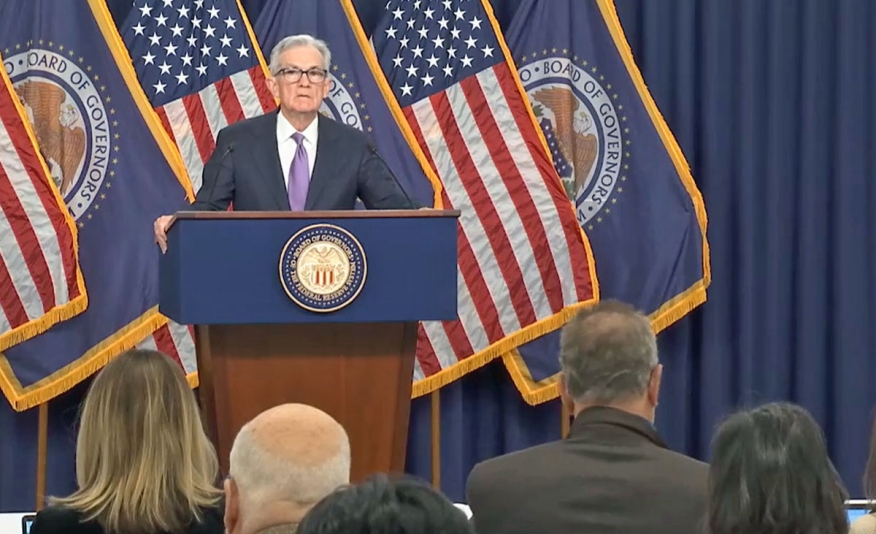The Current State of the US Economy
The article focuses on the Federal Reserve’s decision to keep interest rates as consumer confidence rises and inflation slows down. It touches on the importance of these economic indicators and their impact on the financial and political global community. With inflation showing signs of control and consumer confidence on the rise, the Federal Reserve’s decision carries significant influence through various aspects of the economy, including borrowing costs, spending patterns, and investment decisions. This development is crucial for policymakers, investors, and businesses worldwide as they are finding their place through evolving economic conditions and plan their strategies accordingly. 
The topics discussed in the article connect with various concepts from class. The decision by the Federal Reserve to hold interest rates steady reflects the balance between promoting economic growth and controlling inflation, a fundamental concept in economics. Additionally, the article emphasizes consumer behavior and sentiment, again connecting with discussions on demand and its impact on overall economic activity. The mention of job cuts and labor market conditions doesn’t show the connection with different economic variables, reinforcing the importance of understanding the nature of economic systems. My takeaway from this article is the mention of the relationships between monetary policy, consumer confidence, inflation, and labor market dynamics, which collectively shapes our economy as of today. 
The article’s importance lies in its insights into the current state of the U.S. economy and its implications for various stakeholders. While the Federal Reserve’s decision may get rid of any concerns about inflation, the labor market’s weakness sees potential challenges ahead. The article’s audience likely includes policymakers, economists, investors, and businesses seeking to gauge the economic world and make informed decisions based on it. The impact of these developments extends beyond national borders, affecting global financial markets and trade dynamics. Ultimately, the decisions made by central banks and policymakers can have risks, influencing economic growth, employment trends, and income distribution. But it’s essential to monitor these developments closely and consider their implications for both national and international stakeholders.
I thought this post was really interesting, as I’m interested in economics and current news surrounding it. I think that the Fed’s decision to keep interest rates indicates a more stable inflation rate that will keep for a while (hopefully).
your post does a fantastic job of breaking down the article and highlighting its key points. It’s clear you’ve got a good handle on making sense of economic news. Keep up the great work! 👍